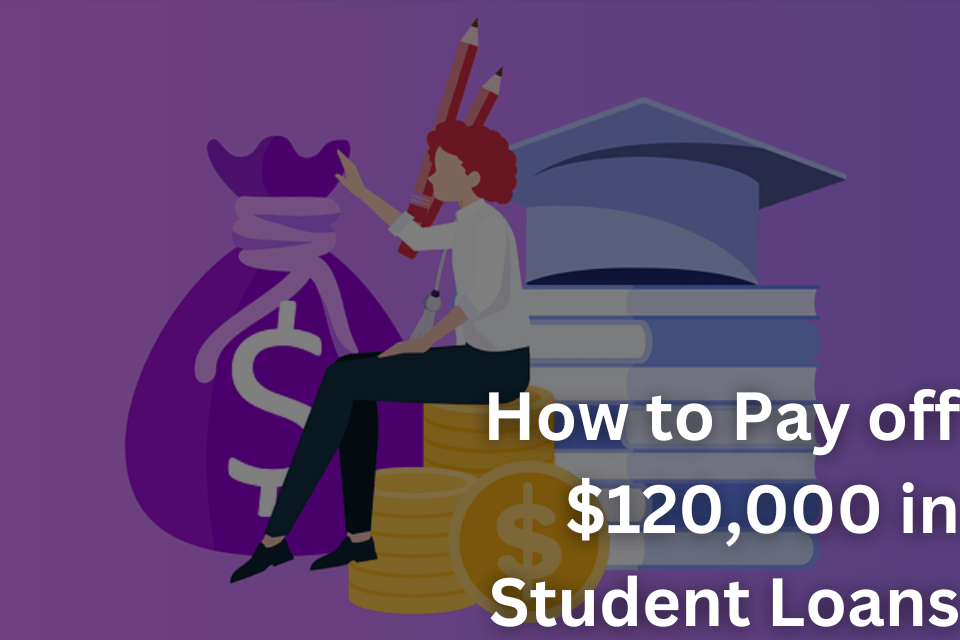Student loan debt is a reality for many graduates, and it can feel overwhelming to try and pay off such a large amount. If you’re facing $120,000 in student loans, you may be wondering how on earth you’ll be able to pay it off. The good news is that it is possible to become debt-free, and there are a variety of strategies you can use to make it happen. In this article, we’ll cover everything you need to know about paying off $120,000 in student loans, including repayment plans, consolidation options, and other strategies for getting out of debt.
Understand Your Repayment Options
The first step in paying off your student loans is to understand the repayment options available to you. The standard repayment plan is the default option, and it requires you to make fixed monthly payments over a period of 10 years. If you’re able to make these payments, you’ll pay the least amount of interest over the life of the loan. However, if you’re struggling to make the standard payments, there are other options available.
- Extended Repayment Plan: This plan allows you to extend your repayment period to up to 25 years. This will lower your monthly payments, but you’ll pay more in interest over the life of the loan.
- Graduated Repayment Plan: With this plan, your payments start out low and increase every two years. This can be a good option if you expect your income to increase over time.
- Income-Driven Repayment Plans: These plans base your monthly payments on your income and family size. They can lower your monthly payments, but you’ll likely pay more in interest over the life of the loan.
Consider Consolidation
Another option to consider is consolidation. Consolidating your student loans means combining multiple loans into one, which can make it easier to manage your payments. Additionally, consolidation can lower your monthly payments and even qualify you for certain forgiveness programs.
Refinancing
Refinancing your student loans means getting a new loan to pay off your existing loans. This can be a good option if you have a good credit score and a steady income, as it can result in a lower interest rate and lower monthly payments. However, be careful, some refinancing options may extend your loan term, which will result in paying more in interest over the life of the loan.
Prioritize High-Interest Loans
When paying off your student loans, it’s important to focus on the loans with the highest interest rates first. This will save you the most money in the long run. For example, if you have a 6% interest loan and a 4% interest loan, you’ll save more money by paying off the 6% loan first.
Use windfalls to pay off student loans
Another strategy to consider is using any windfalls to pay off your student loans. For example, if you receive a bonus at work or a tax refund, use that money to make an extra payment on your student loans. This can help you pay off your debt faster and save you money in the long run.
Conclusion
Paying off $120,000 in student loans can be overwhelming, but it is possible. By understanding your repayment options, considering consolidation and refinancing, prioritizing high-interest loans, and using windfalls to pay off student loans, you can get on the path to becoming debt-free. Remember, it’s important to stay persistent and consistent in your repayment efforts. It may take time, but with a clear plan and strategy in place, you can make significant progress towards paying off your student loans. Additionally, don’t hesitate to reach out to your loan servicer for additional support and guidance. They can provide valuable information on the different repayment options available to you and help you make the best decisions for your financial situation. With the right approach and mindset, you can successfully pay off your $120,000 student loan debt and achieve financial freedom.

